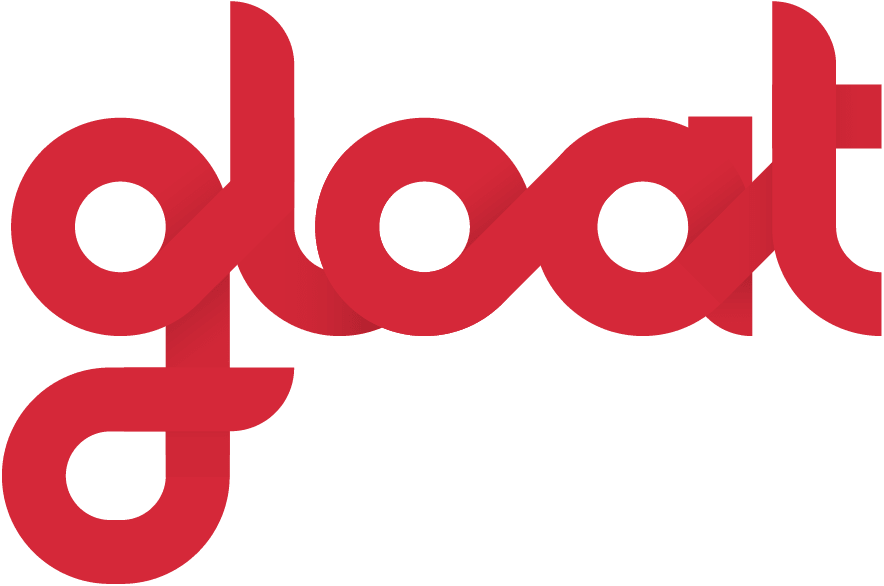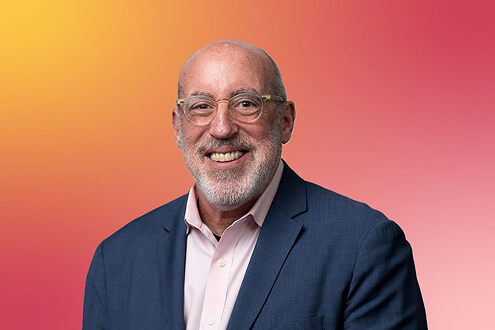Our CEO Ben Reuveni shared these words during Gloat Live in March and they’ve been on my mind ever since. During his welcome note, he captured an important sentiment no leader can afford to overlook: the opportunities and disruptions from AI, GenAI, and AI agents are a seminal moment for businesses and people everywhere.
The AI era is shaping up to be a transformative one. And we’re talking about a big “T” TRANSFORMATION. And yet, while some companies are taking significant steps to integrate AI into their work, workforces, and workflows, many are treating AI as an incremental improvement. It’s a far cry from the 10X employee concept we unveiled at Gloat Live.
As we move through 2025, we must ask ourselves whether we are viewing AI as something we tack onto our existing work or whether it represents a whole new set of opportunities for how we combine human and machine skills in new and dynamic ways. In other words, in the realm of workforce transformation, what are the big opportunities in front of us in 2025 and beyond?
For most—if not all—organizations, AI will be the common theme connecting this year’s highest-potential initiatives. Many companies are already moving from AI experimentation to AI as an expectation, as this memo from the CEO of Shopify illustrates. In it, Tobi Lutke writes that “AI usage is now a baseline expectation for everyone at Shopify.” AI usage will in turn be part of the company’s performance review process. Before adding headcounts, teams must now “demonstrate that they cannot get what they want done using AI.”
These are big moves. And they illustrate the mindset shift we must all make to look beyond the confines of traditional work practices and broaden our horizons when it comes to who and how work gets done. This theme underpinned every Gloat Live conversation we had, from the agentic AI panel I had the privilege of hosting to Josh Bersin’s Superworker research, which explores how businesses can harness AI to dramatically enhance their productivity, performance, and creativity.
Expanding on these themes, I’m dedicating this research roundup to spotlighting the articles, podcasts, and research reports that will help us push our thinking about work and workforces beyond the optimization challenge and into the transformation opportunity. The challenge is three-fold:
- Redesign work
- Build 21st century skills
- Leverage AI, GenAI and AI agents
I hope these insights help you push your own thinking and reimagine how your organization integrates work, skills, and technology to drive a more dynamic future.






